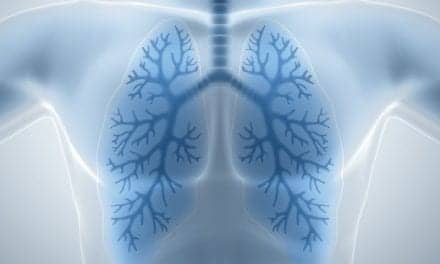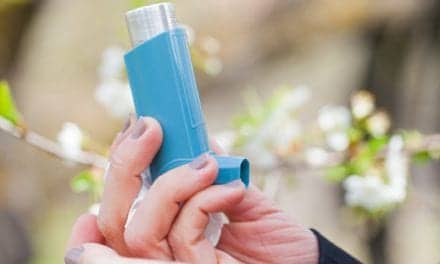Respiratory diseases increased markedly following one of Iceland’s largest volcanic eruptions, a new study in Nature Communications has found.
The new research, led by the University of Leeds and the University of Iceland, examined the health impacts of pollution caused by the Holuhraun lava eruption in 2014-2015. It shows that following exposure to emissions that changed chemically from gas to fine particles, incidents of respiratory disease in Iceland rose by almost a quarter, and the incidence of asthma medication dispensing by a fifth.
“Volcanoes are a significant source of air pollution, but of course it’s a source that cannot be controlled,” says the report’s coauthor, Evgenia Ilyinskaya, from the University of Leeds’ School of Earth and Environment.
“Large volcanic eruptions can cause harmful air pollution both immediately, and also when the plume returns to the same area, which may happen without it triggering air pollution alerts. Our research shows that during prolonged eruptions such as Holuhraun, both young and mature plumes can be circulating at the same time, increasing the harmful health effects on those living in volcanic regions. This pollution return is not currently factored into responses to the threat to public health caused by volcanoes.”
The Holuhraun eruption was one of the biggest of its kind in the last 200 years, releasing 11 million tonnes of sulphur dioxide that spread across Iceland and the Atlantic Ocean towards Europe. During the six-months long eruption, residents of Iceland’s capital, Reykjavík, were repeatedly exposed to the young and mature plumes, despite living far from the eruption site.
In their previous research, published in 2017, the scientists traced the evolution of the volcanic plume chemistry. They found that the plume had been swept by air currents towards the UK and mainland Europe before circling back to Icelandic cities and towns.
During this process, the plume composition matured as it lingered in the atmosphere, meaning that the volcanic sulphur dioxide had converted to particles.
These fine particles found in mature plumes are so small they can penetrate deep into the lungs, potentially causing serious health problems such as exacerbating asthma attacks.
The new findings highlight the health risks of pollutants lingering in the atmosphere, and the implications for monitoring emissions from volcanic activity.










